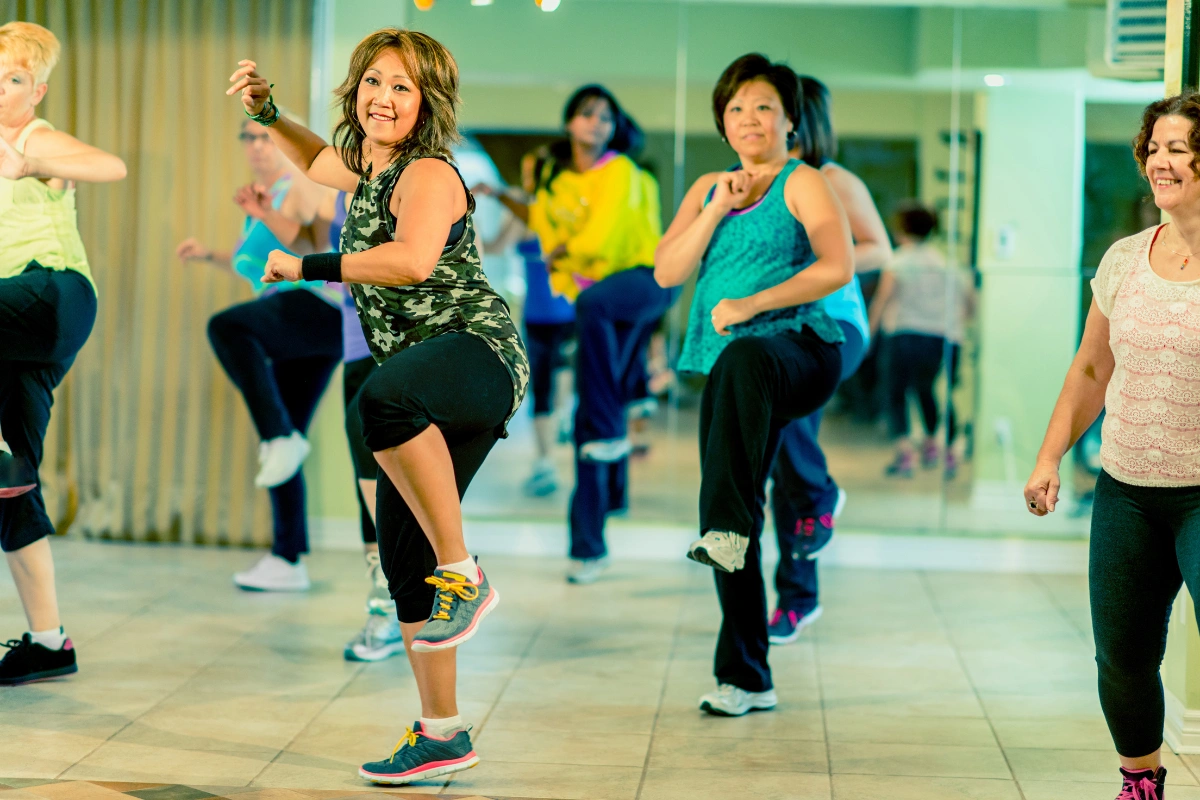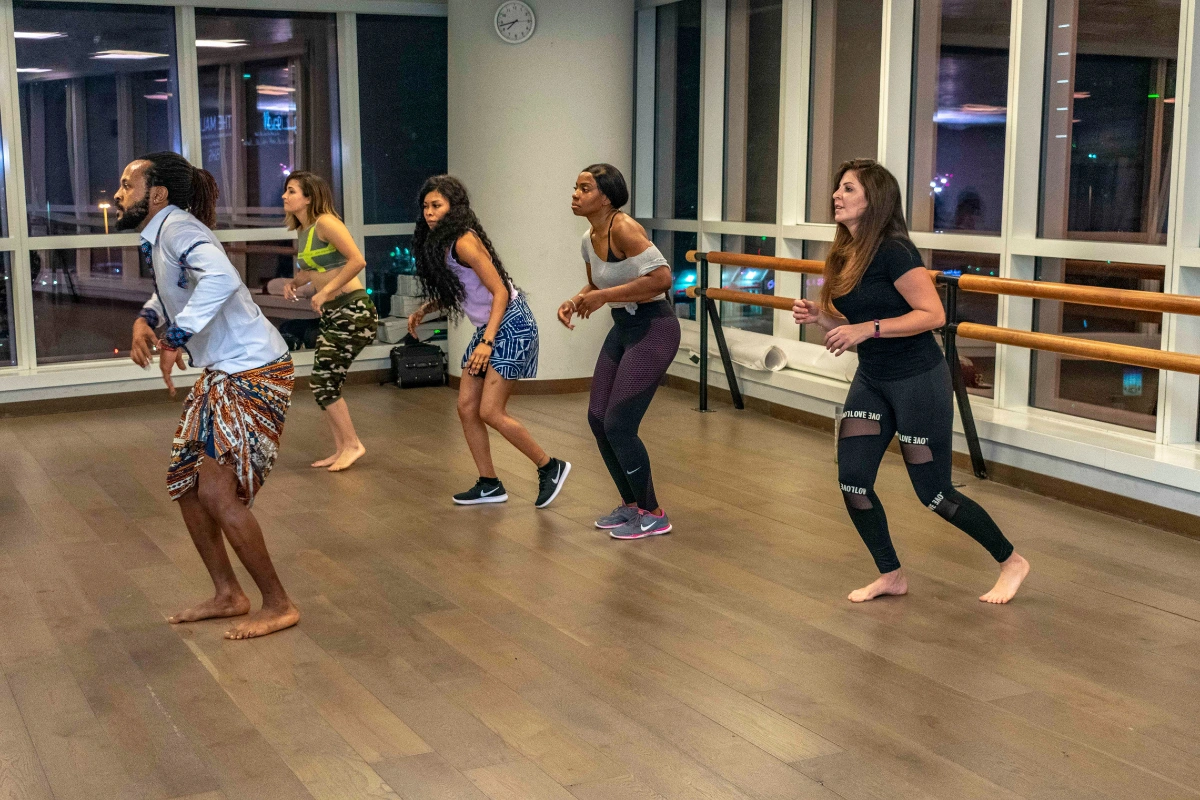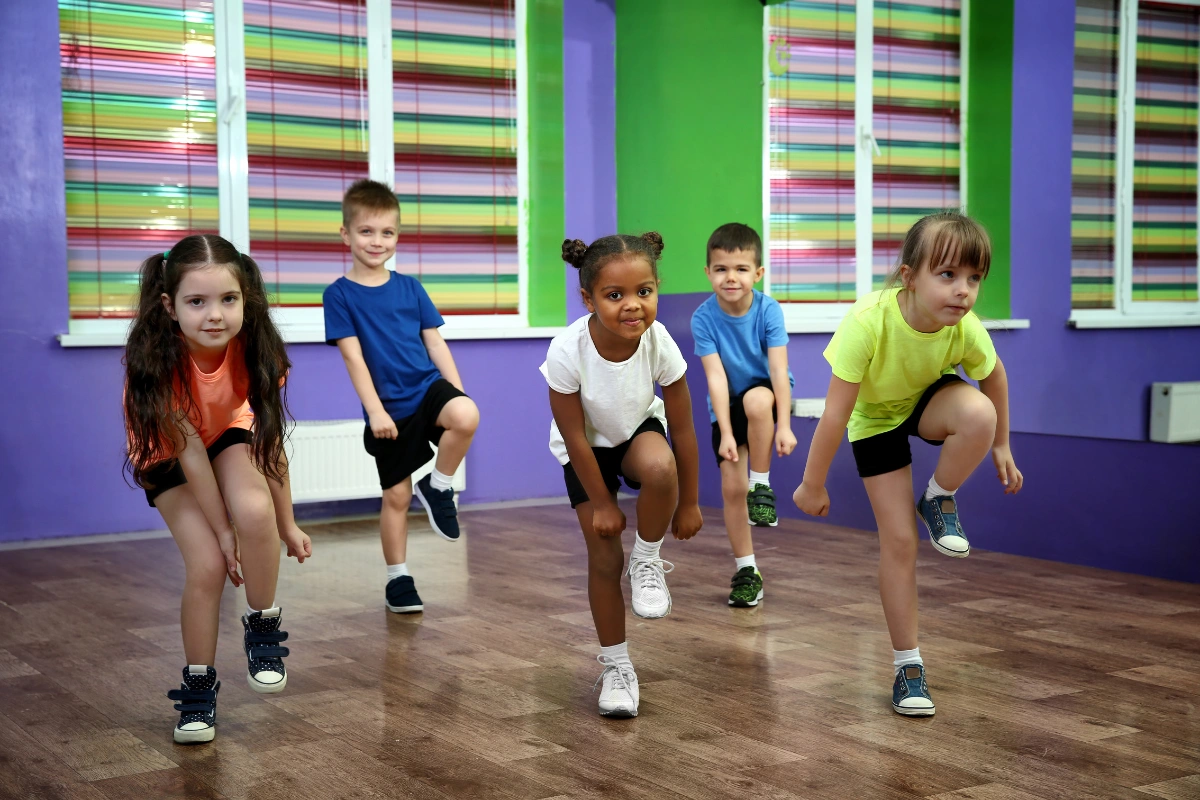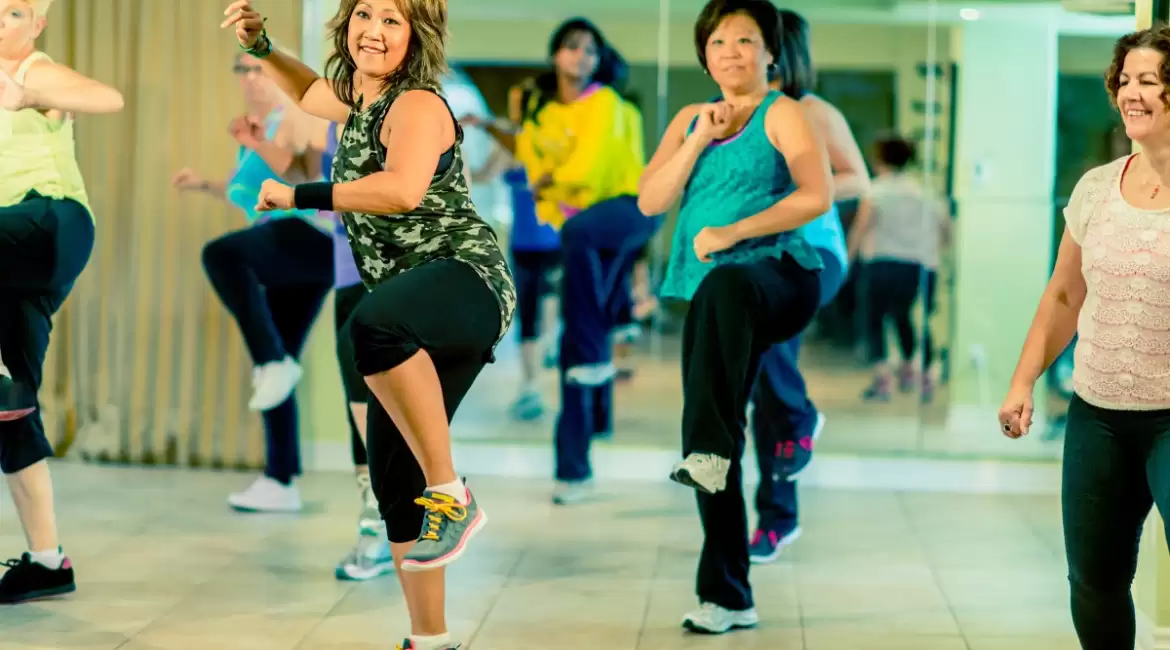Dance classes offer far more than just the opportunity to learn choreography. They are spaces where creativity, discipline, and personal growth converge, providing invaluable experiences beyond the dance floor. Whether you’re a novice or seasoned dancer, each class presents a chance not only to refine technical skills but also to cultivate a deeper connection with the art form and with fellow dancers.
Effective utilization of dance class involves more than simply following instructions; it’s about embracing every moment as a chance to improve, express, and connect. From actively engaging with instructors and fellow dancers to honing techniques during downtime, every aspect of the class can contribute to your development as a dancer. Learning to absorb feedback, experimenting with different styles, and integrating personal interpretations are all part of maximizing the learning experience.
In this guide, we explore strategies and approaches that can help dancers of all levels derive maximum benefit from their time in class. Whether your goal is to enhance technical proficiency, explore artistic expression, or build confidence in performance, understanding how to navigate and capitalize on the dynamics of a dance class can significantly elevate your journey as a dancer.
Join us as we delve into the multifaceted aspects of dance class utilization, offering insights, tips, and practical advice to empower you on your dance journey.
Relax, Take a deep breath and don’t overthink
Relax and take a deep breath; don’t let overthinking take over. The dance studio is akin to a sanctuary for your soul—a place where you should feel utterly free and at ease! Often, we become overly focused on our appearance or mastering choreography, which can hinder our ability to fully immerse ourselves. Remember, no matter how ambitious your goals, dancing should always be enjoyable! When you love what you do, improvement naturally follows.

Use your ears and eyes while learning in dance class
Engage your senses during dance classes by actively using your ears and eyes. It sounds straightforward, but it’s crucial: take a moment to LISTEN to the music without immediately dancing to it, and WATCH the choreographer as they demonstrate the piece. While instructors excel at describing movements, the true execution often defies verbal explanation. It’s akin to trying to convey the taste of my momma’s homemade apple pie—it’s impossible to fully grasp until you’ve tasted it yourself! To truly understand and absorb what the choreographer intends to teach, observe keenly and listen attentively.
Who is choreographer? A choreographer is a highly skilled artist responsible for crafting and structuring dance sequences and movements. Their role extends beyond mere dance instruction; it encompasses the creative process of conceptualizing, designing, and arranging dance routines that convey emotions, narratives, or abstract expressions through movement.
Choreographers possess deep expertise in various dance styles, from classical ballet to contemporary dance, hip-hop, jazz, and beyond. They blend their technical knowledge of dance techniques with a keen sense of musicality and rhythm to create compositions that harmonize with the accompanying music or soundscapes.
In addition to designing choreography, choreographers often collaborate closely with dancers, directors, composers, and costume designers to ensure that their artistic vision aligns seamlessly with overall production goals. They may also draw inspiration from diverse sources such as literature, visual arts, cultural traditions, and personal experiences to inform their creative process.
Throughout history, choreographers have played pivotal roles in shaping dance as an art form, pushing boundaries, and exploring new avenues of expression. Their work spans a wide range of platforms, including stage performances, film and television productions, music videos, and live events, contributing to the richness and diversity of the dance world.
Overall, choreographers are not only skilled technicians but also visionary artists who use movement to evoke emotions, tell stories, and provoke thought, making significant contributions to the cultural and artistic landscape.

Drill combos during downtime
Use downtime effectively by drilling dance combos. Your learning shouldn’t be confined to the moments when the choreographer is actively teaching. Take the initiative to refine any steps you struggled with, perhaps during breaks, and use those moments to ask questions. You can even enhance your performance by practicing facial expressions in the restroom or partnering with a fellow dancer to review together.
Maximize every opportunity to enrich your class experience and ensure you’re absorbing all aspects of the session.
Watch groups and learn off of other students
Observe and learn from your fellow classmates during group activities. The beauty of a dance class lies in the inspiration drawn from those around you. Dance has always been a social activity, beginning with circles and conga lines that fostered interaction. While classes primarily focus on individual progress, group sessions offer a unique opportunity to exchange energies with fellow dancers in the room. Make the most of these moments by watching others, cheering them on, and in turn, being observed and cheered for yourself.
Don’t be afraid to take center during groups
Embrace the opportunity to take center stage during group performances. When you step forward to perform the piece, you’re not merely executing choreography—you’re actively engaging in a performance. As mentioned earlier, group sessions are a time for sharing and connecting with others. Instead of simply going through the motions learned collectively with the class, seize the moment to exude confidence and presence. Position yourself at the forefront, volunteer to lead in the ‘5 Brave Souls’ group, and allow yourself to be captured by the camera.
Ask the choreographer for tips
Take advantage of opportunities to seek advice from the choreographer. Choreographers are invested in your learning and development during their classes. If you have a chance to talk with them afterwards, don’t hesitate to ask for tips. Occasionally, they might mention that they didn’t have a chance to observe you closely during the session (in such cases, I’ve personally asked instructors to watch me for feedback in certain classes). However, often they will notice areas where you can enhance your performance and provide valuable constructive criticism.

Practice at home
Continue your practice at home even after class ends. Treat each dance piece you learn as an assignment and thoroughly dissect its movements to grasp them fully. If videos of the choreography are available, review them to identify any nuances you may have missed. Additionally, take the opportunity to experiment with different interpretations that you might not attempt in class. For instance, try performing the entire piece with a softer touch or focus on accentuating specific movements more forcefully.
Listen to the music repeatedly to discern any subtle variations and synchronize your movements to align uniquely with what you hear. By engaging in such dedicated practice outside of class, you can deepen your understanding and refine your execution of the choreography.
Summary
In ‘How to Make the Most Use of Dance Class,’ we delve into the multifaceted opportunities that dance classes offer beyond mere choreography instruction. Dance classes serve as hubs for creativity, discipline, and personal growth, where dancers of all levels can refine their technical skills while deepening their connection to the art form and their peers. Effective utilization of dance class involves active engagement with instructors and fellow dancers, utilizing downtime for practice and reflection, and seeking feedback to refine technique and performance.
The guide emphasizes the importance of approaching each class as an opportunity for holistic development. It encourages dancers to embrace moments of learning, whether through observing others, asking for tips from choreographers, or practicing at home to internalize and perfect choreography. By fostering a supportive learning environment, dancers can explore their artistic expression, experiment with different styles, and refine their skills in both group and solo settings.
Furthermore, the guide underscores the significance of consistent practice beyond the classroom, using available resources such as videos to enhance understanding and execution of choreography. It encourages dancers to listen deeply to music, interpreting its nuances through movement, and to seize opportunities to perform and receive constructive criticism.
Ultimately, ‘How to Make the Most Use of Dance Class’ serves as a comprehensive resource for dancers seeking to maximize their learning experience and growth within the dance community. By implementing the strategies and insights offered, dancers can elevate their proficiency, confidence, and enjoyment of dance, creating a fulfilling and enriching journey in their pursuit of mastery.


Leave a reply